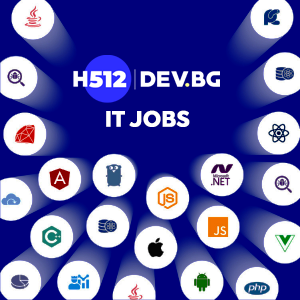After nearly 17 years in the IT industry, Martin Atanasov is taking advantage of a longer career break for the first time. The reasons are twofold – the need for rest and the need for more quality time with family. “This sabbatical has worked very well for me, I have made the most of it,” Martin sums up his experience without a drop of hesitation.
At the moment, the companies on H512.com’s Job Board that offer creative leave (also known by its English name sabbatical) are counted on one hand, although they compensate with other useful benefits. However, this fashion is yet to gain momentum here, where employees are certainly not immune to “overheating”.
In 2022, for example, a survey by consultancy McKinsey of 15,000 employees in 15 countries showed that one in four employees had symptoms of burnout. At the same time, according to McKinsey Health Institute data from late last year, Generation Z is more burnt out from work than older employees.
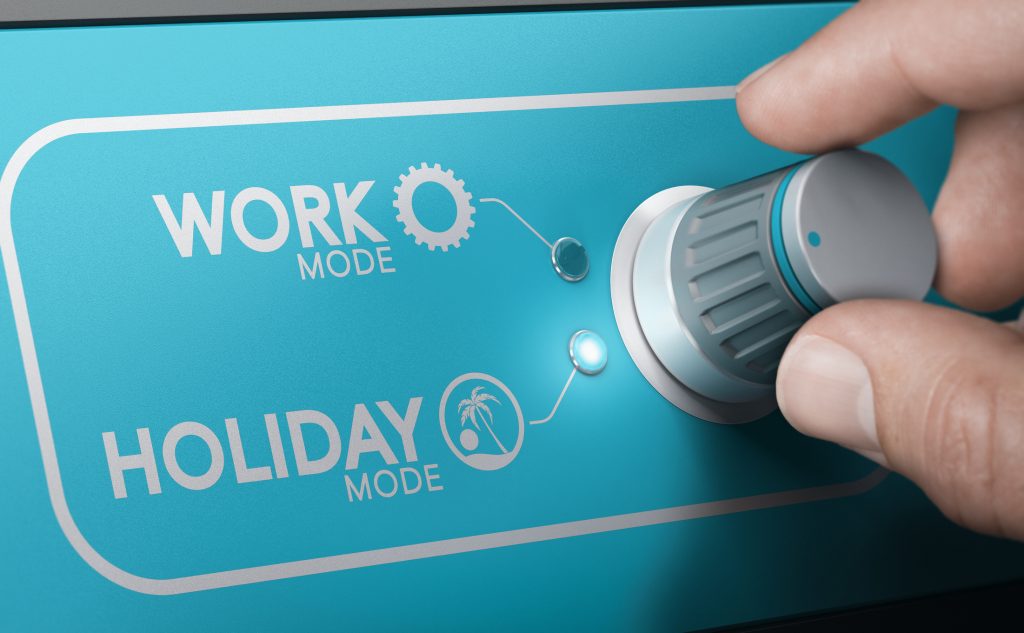
There is no sectoral data on employees suffering from burnout for Bulgaria, but as of 2019 , data from the KNSB shows that 50% of sick days and 30% of staff turnover were the result of just “burnout” in the workplace. That’s why there is increasing talk of preventative measures against burnout and creative leave is one of them.
The British fintech company Tide, where Martin has worked for almost seven years, is introducing its sabbatical programme in 2022. “It aims to support employees with long service in the company by giving them the opportunity to take an extended leave and encourage their personal and professional development outside the workplace,” explains Angelina Naydenova, Lead People Partner in the Bulgarian office.
But overwork is not the only reason her colleagues take advantage of the programme. Some of them do it because they have just become parents, others want to travel, others – to acquire a new qualification or to finish a personal project. “We don’t go into the reason, because this is the employees’ free time to indulge in their personal needs,” Angelina Naydenova adds. And that’s exactly what Martin has been doing for an entire month.
Anatomy of a corporate sabbatical
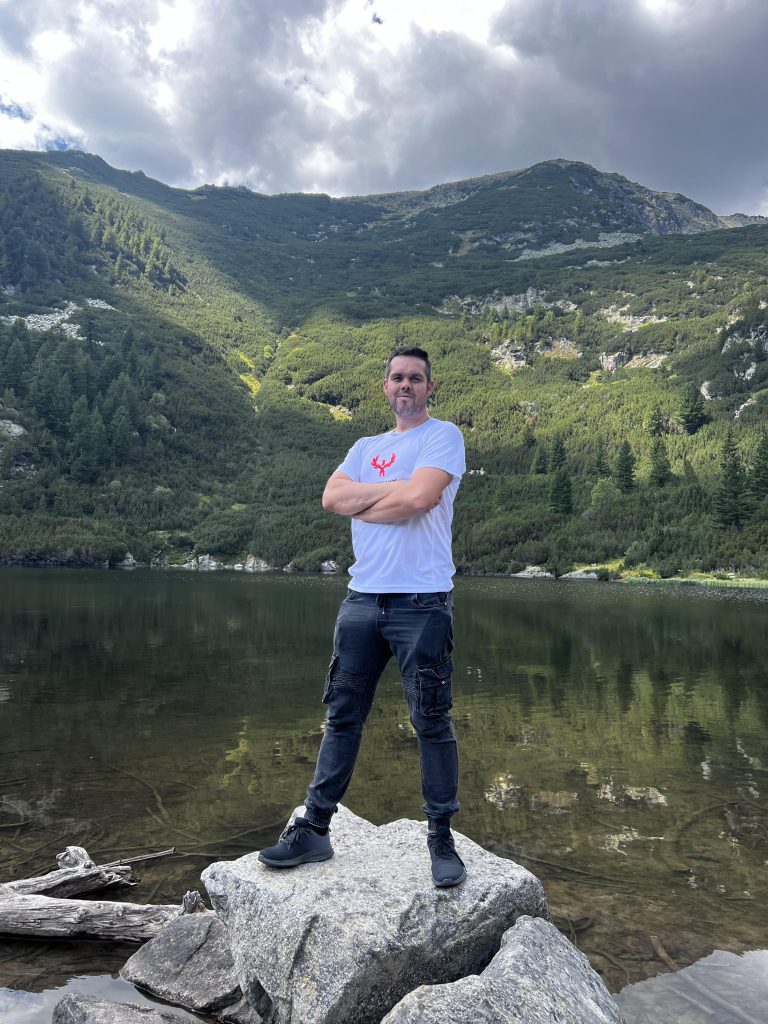
One of the most exciting questions for employees is “How long can I take off?” and the answer is “It depends”, because every company has its own criteria according to which it writes its policy on creative sabbaticals. According to The Sabbatical Project’s data, which is constantly updated, Intel and LinkedIn provide four weeks of creative leave after four years with the company, Adobe, Facebook and PayPal after five years, and Salesforce after six.
Others like Tide offer a one-month sabbatical after three years of service , and each employee decides for themselves how to use their time away from email and Slack. Martin, for example, takes a short break at home and then recharges in Italy with his family and in Rila with teammates from the Bulgarian Taekwondo Federation, where he coaches and has serious commitments throughout the year.
Another key aspect about extended vacations is whether they are paid. The answer again is “It depends.” At Tide , employees like Martin with more than three years of continuous service are entitled to one month of paid sabbatical, which they can supplement with an unpaid option, and the length of both increases with the years.

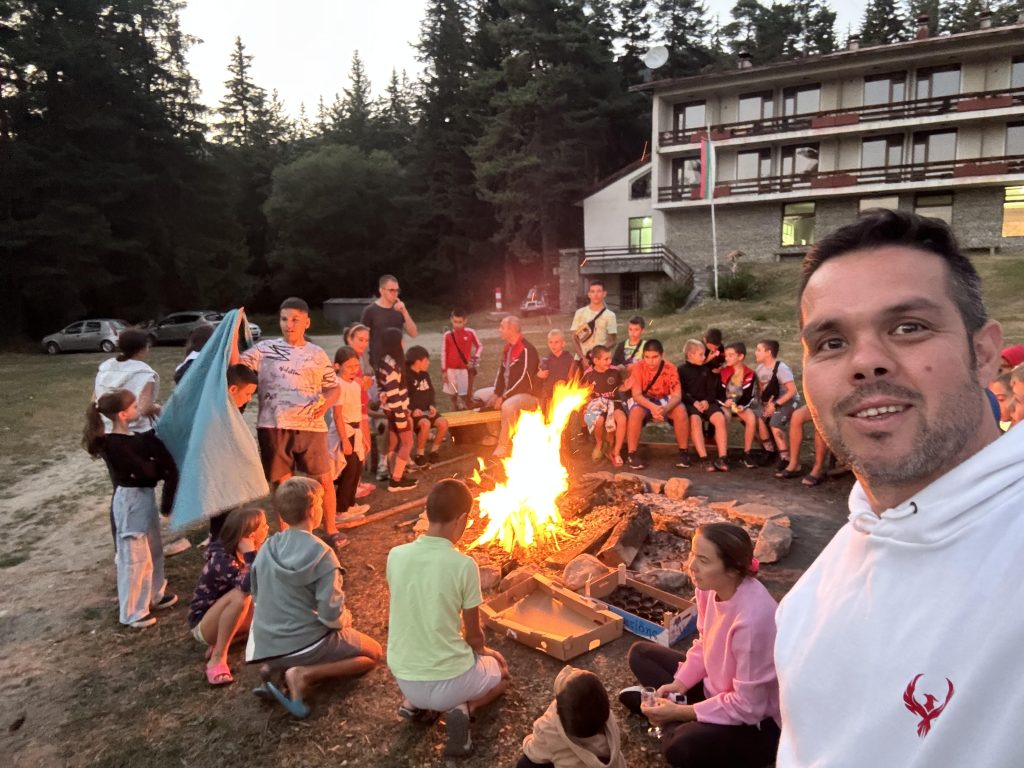
For example, after three years at Tide, employees can take a month of unpaid leave in addition to their paid sabbatical. There is also the option of two months paid time off and six months unpaid when a person has at least eight years of service with the company. Here Angelina makes the important point that a long sabbatical, whether paid, unpaid or a combination of the two, in no way affects the employee’s position when they return to the office.
The diary of a creative vacationer
How does Martin feel after his month-long sabbatical? “Recharged, extremely motivated and refreshed, which gave me the opportunity to think about my future and the future of the team. And I came up with ideas that I’m going to implement,” he answers. In terms of his physical and mental health, he has not felt a significant difference because, on the one hand, he exercises regularly and enjoys very good health and, on the other, he knows how to process stress in a good way.
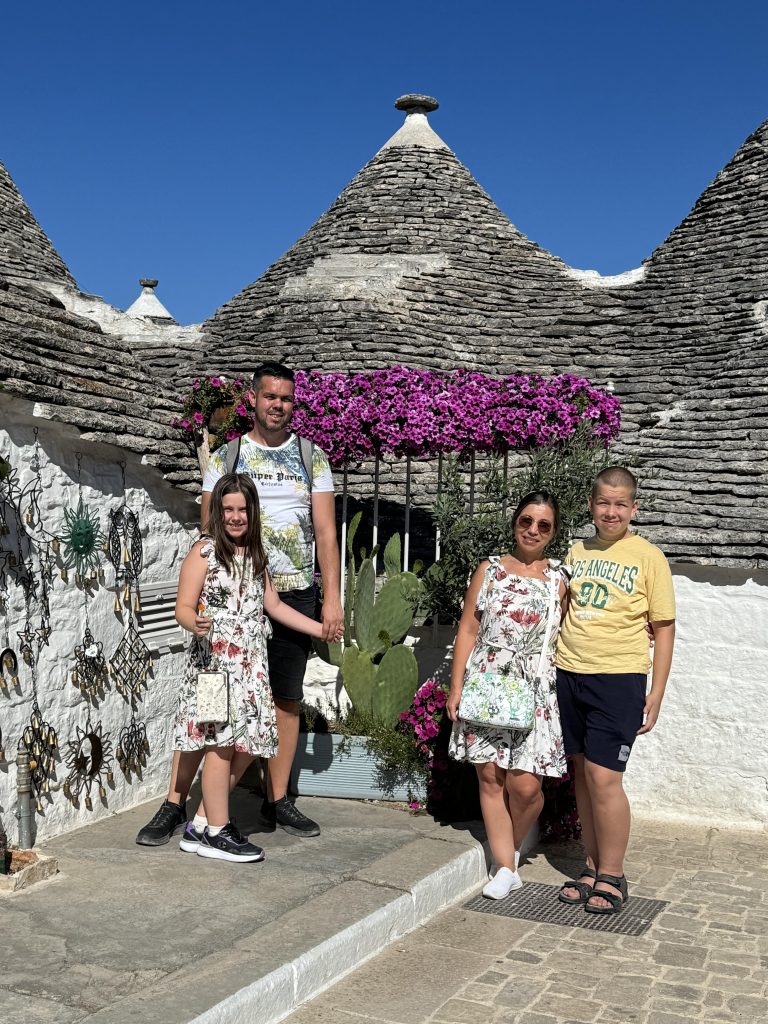
At the same time, he makes no secret of the fact that during the first back-to-work week he faced some challenges in his team, despite the proper instructions he was given beforehand. Some things had changed, others had got out of hand. It took me a while to get everything back to normal,” Martin recalls.
That’s one of the things he’ll change before he goes on a second sabbatical – thinking through more and more detailed action plans in his absence to avoid both he and his team the stress of the backlog.
Work allocation during an extended leave is also sometimes complicated for the employer, but only in cases where an employee notifies them about it at the last minute. “It’s a challenge we face, but not a problem. When the manager is notified on time, things run smoothly,” explains Angelina Naydenova. She adds that when an employee goes on an extended leave, his duties are either divided among colleagues or the company temporarily hires an employee.
Whatever the case, at the end of his sabbatical the employee is sure to return to the same position or a similar one in the event of a reorganisation. However, the conditions remain the same as they had before going on sabbatical.
Explore more
More time for yourself – an HR tool that gives freedom
Although the holistic approach in HR has been around since the 1980s, the COVID-19 pandemic shone like a beacon in the fog on the big picture, where our personal goals proved to be as important as our professional ones.
For this reason, many employers offered tighter but more focused tools to retain talent and more easily (and cheaply) attract new talent. It’s not just about dangling bonuses in the job posting, but fringe benefits that go hand-in-hand.

That’s why at Tide , sabbaticals are closely tied to the ability for each employee to work up to three months a year from anywhere in the world. “Before the pandemic, such flexibility was hard to come by, but now employees can afford a few months off without it being considered a hole in their career. And this approach boosts their motivation and commitment,” says Angelina Naydenova.
They are also linked to the company’s family-friendly policy , which covers 100% of the first six months of maternity and four weeks of paternity, but after that young parents can add creative leave to give them the peace of mind they need at this usually stressful time.
Creative leave is undoubtedly proving to be a powerful tool for retaining valuable staff. But they can also have the opposite effect – attracting talent who, in today’s working world, are rarely seen in the same company ten years from now if they don’t have enough incentive to do so. And, if they have to choose between an employer who will give them a month’s well-deserved vacation sooner than another, the choice proves easy.
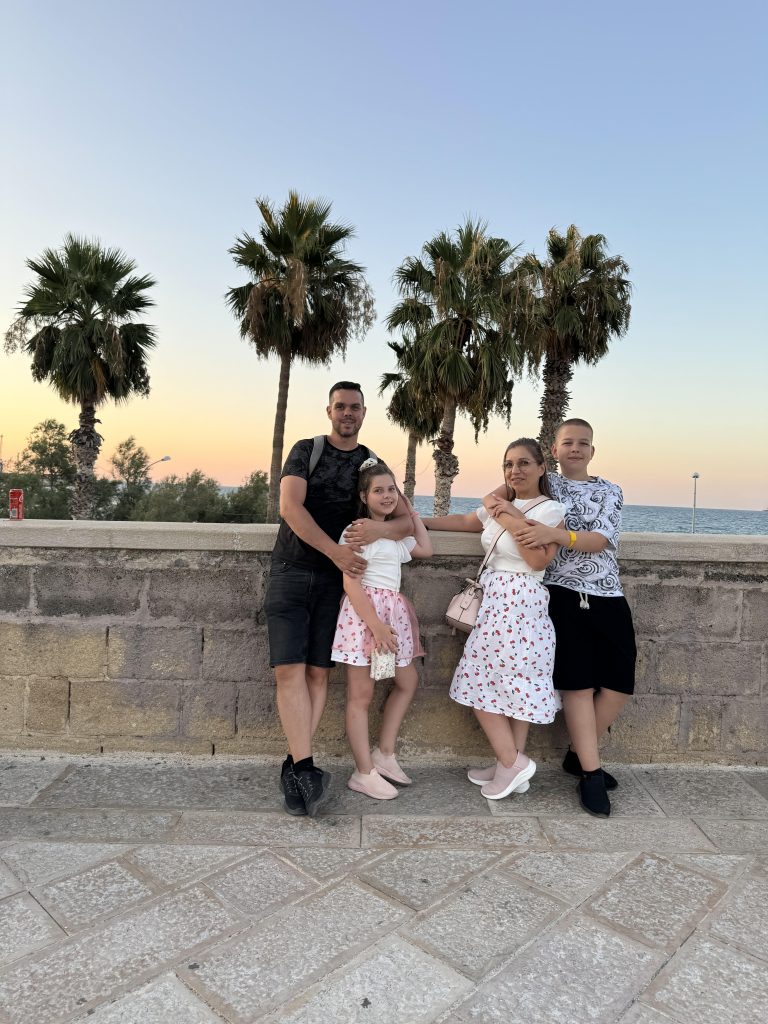
This applies with full force to Generation Z , the “freshest blood” in the job market, for whom the “money can’t buy happiness” adage is often not true, according to a recent Top Employers Institute survey. It included the views of 1,700 people worldwide aged between 18 and 27 and found that more than half (62%) would accept a lower salary if it would give them a better work-life balance.
And while sabbatical programmes are gaining momentum in Bulgaria, Martin is already clear about what he will do with his family during his upcoming second sabbatical. Probably more of the same, because, “It’s an extra perk that I used 100% for myself. And I feel more than satisfied!”


 Publish date: 29 October, 2024
Publish date: 29 October, 2024